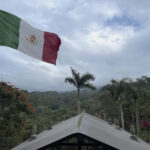Mexico, a land brimming with vibrant culture, tantalizing cuisine, and breathtaking landscapes, holds a treasure trove of surprises beyond the typical tourist trail. From the globally celebrated Día de Muertos to the ancient echoes of Mesoamerican civilizations, this country south of the US border is a captivating blend of the familiar and the wonderfully unexpected. If you’ve ever wondered just how much you truly know about Mexico, you’re in for a treat. Prepare to be amazed as we unveil some truly Fun Facts About Mexico that might just reshape your perception of this incredible nation.
Did you know Mexico boasts the second-largest barrier reef in the world? Or that it’s home to the largest pyramid by volume on Earth? Get ready to delve into fascinating trivia that will ignite your curiosity and perhaps even inspire your next adventure. Keep reading to discover more fun facts about Mexico!
1. The Mesoamerican Reef: Snorkeling in the Second Largest Barrier Reef on Earth
Mexico’s Caribbean coast is blessed with the northern section of the Mesoamerican Reef System. This incredible underwater ecosystem stretches an impressive 1,000 kilometers (621 miles) along the coasts of Mexico, Belize, Guatemala, and Honduras. Globally significant for its biodiversity, it proudly holds the title of the second-largest barrier reef in the world, surpassed only by the iconic Great Barrier Reef of Australia.
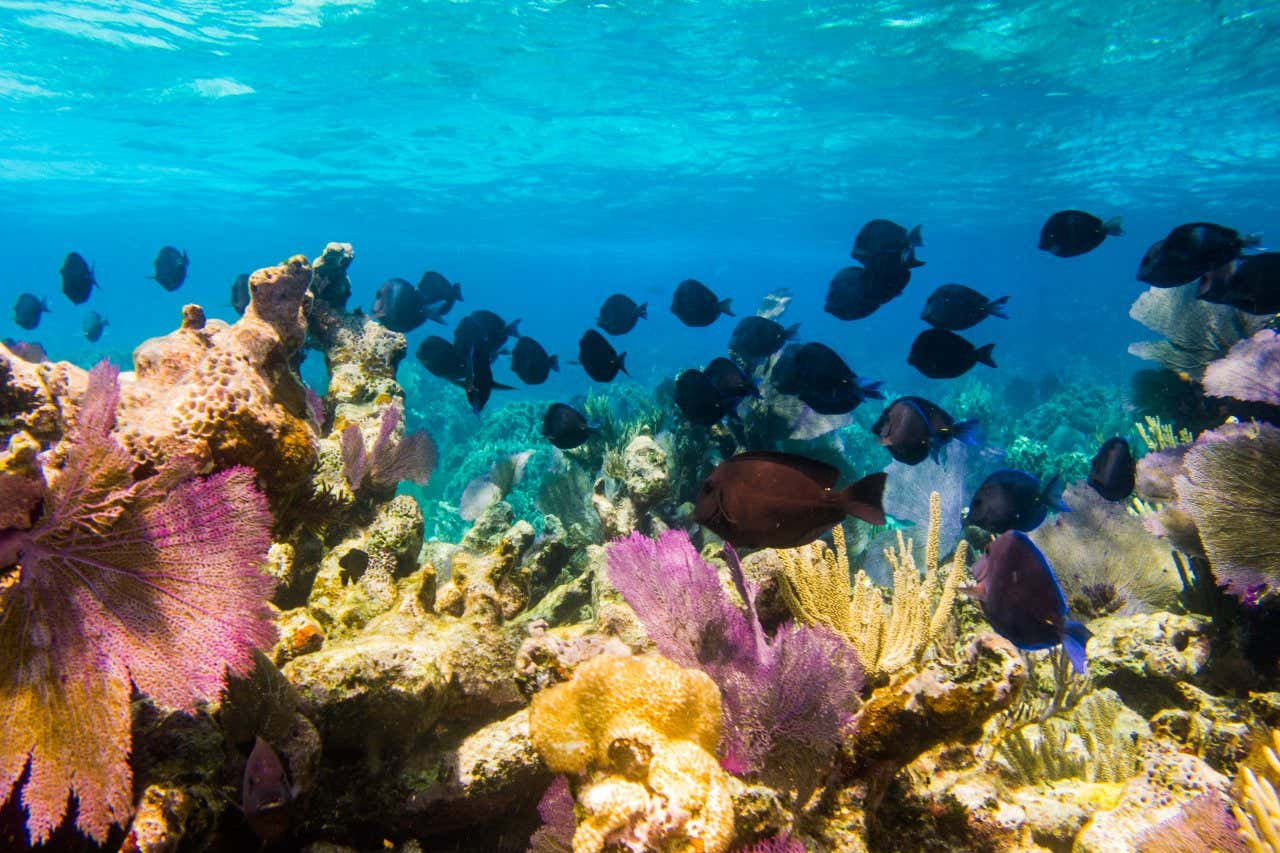 Multiple fish swimming around the Mesoamerican Barrier Reef.
Multiple fish swimming around the Mesoamerican Barrier Reef.
The Mesoamerican Barrier Reef, a vibrant underwater ecosystem.
For visitors to the Riviera Maya, exploring this natural wonder is easily accessible. An excursion to Isla Mujeres by catamaran offers a fantastic opportunity to witness the reef’s splendor. Snorkeling gear is highly recommended to fully appreciate the kaleidoscope of marine life and perhaps even swim alongside gentle sea turtles gracefully navigating their coral kingdom.
For the more adventurous, consider experiencing the reef’s biodiversity firsthand with a swim alongside majestic whale sharks off Isla Mujeres. These gentle giants, the largest fish in the sea, grace these waters between May and September and can reach lengths of up to 12 meters (39 feet)! It’s an unforgettable encounter with nature’s grandeur.
2. A Nation of Many Tongues: 68 Recognized Languages in Mexico
While Spanish is spoken by over 99% of the population, it might surprise you to learn that Mexico’s constitution does not declare an official language. Instead, Mexico proudly recognizes a remarkable 68 national languages. This linguistic diversity underscores the country’s rich indigenous heritage, with 63 of these languages being indigenous to Mexico. This makes Mexico one of the most linguistically diverse nations in the Americas, reflecting its complex and layered history.
3. Museum Mania: Mexico City, A Global Hub of Culture and History
For museum aficionados, Mexico City is a veritable paradise. This bustling metropolis boasts an astounding 170 museums, placing it second only to London’s impressive count of around 200, making it a leading global destination for cultural exploration. From ancient artifacts to contemporary art, Mexico City’s museums cater to every interest.
A must-visit is the National Museum of Anthropology, housing the world’s largest collection of ancient Mexican art and artifacts. Exploring its vast halls is essential for understanding Mexico’s pre-Hispanic civilizations. For art lovers, the Frida Kahlo Museum, also known as the Casa Azul (Blue House), offers an intimate glimpse into the life and work of the iconic Mexican painter. Located in her former home, the museum displays personal objects, artwork, and photographs that paint a vivid portrait of Frida Kahlo’s extraordinary life and artistic vision.
4. UNESCO Treasures: 35 World Heritage Sites in Mexico
Mexico’s profound cultural and natural richness is globally recognized, evidenced by its impressive count of 35 UNESCO World Heritage Sites. This places Mexico among the top countries worldwide for UNESCO designations. Of these sites, 27 are celebrated for their cultural significance, 6 for their natural beauty, and 2 are recognized as mixed sites, possessing both cultural and natural importance.
The historic center of Mexico City and Xochimilco hold a special place in this list, being among Mexico’s first UNESCO World Heritage Sites, designated in 1987. Xochimilco, with its ancient canal system and vibrant trajineras (colorful boats), offers a unique cultural and historical experience. A tour of Coyoacán & Xochimilco provides an enchanting journey through these historical and culturally significant neighborhoods of Mexico City.
 Xochimilco canal with people sailing down it on colourful boats.
Xochimilco canal with people sailing down it on colourful boats.
Colorful trajineras navigate the historic canals of Xochimilco.
5. La Catrina: From Political Satire to Day of the Dead Icon
The Day of the Dead (Día de Muertos) is a deeply significant and visually stunning holiday in Mexico, celebrated over two days in November. Central to its imagery is the iconic figure of La Catrina, a skeletal woman adorned in elegant attire. However, her origins are rooted in satire. Created by José Guadalupe Posada, La Catrina was originally a satirical cartoon intended to critique the Mexican elite during the Porfirio Díaz era, who were seen as overly emulating European customs and distancing themselves from Mexican traditions. Today, La Catrina has transcended her satirical beginnings to become a powerful and recognizable symbol of the Day of the Dead celebrations.
Experiencing the Day of the Dead in Mexico City is an unforgettable cultural immersion. A Day of the Dead night tour offers a guided exploration of the city’s vibrant festivities and traditions during this special time.
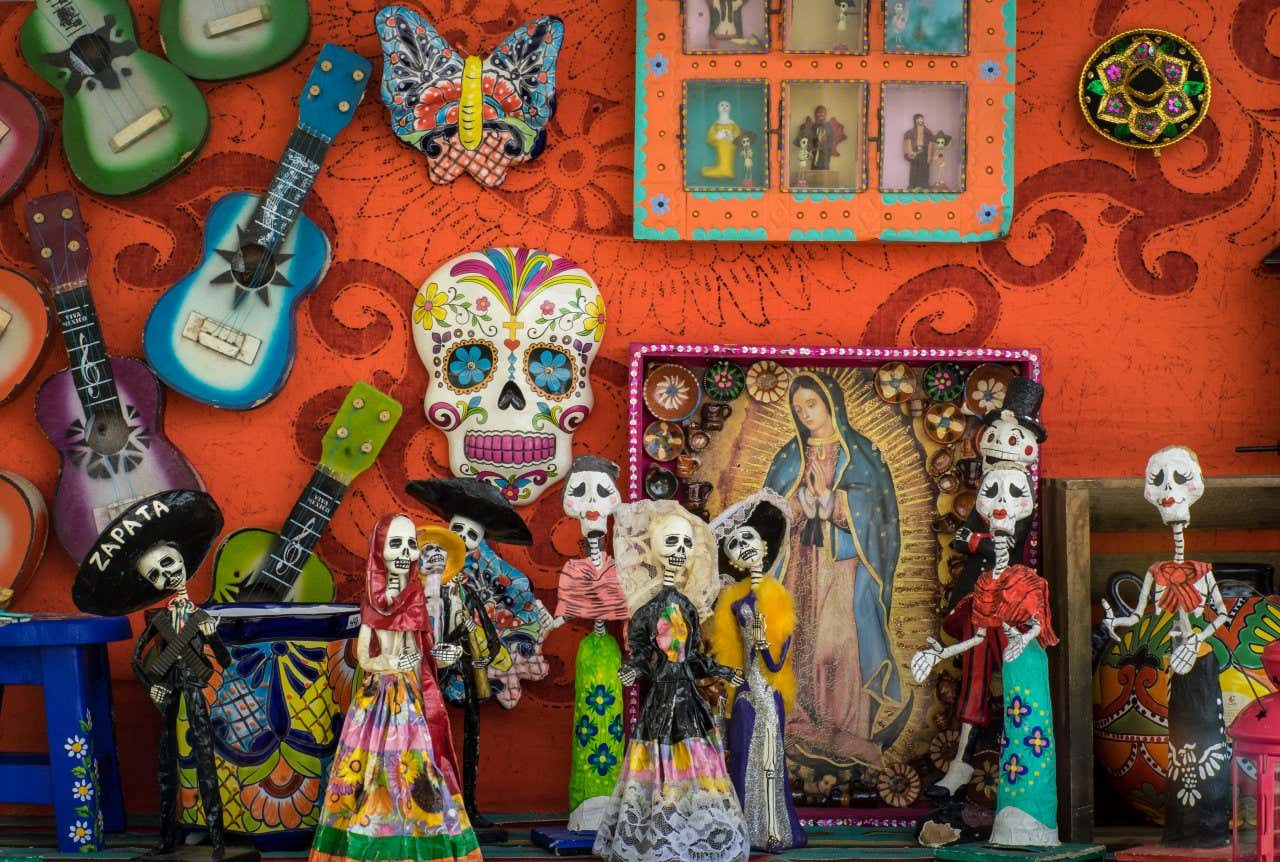 Multiple figures with the typical La Catrina skull design in front of a red wall with skulls and guitars on it as decoration.
Multiple figures with the typical La Catrina skull design in front of a red wall with skulls and guitars on it as decoration.
La Catrina figures, iconic symbols of the Day of the Dead celebrations.
6. UNAM: The Largest University in Latin America
The National Autonomous University of Mexico (UNAM) is not only the largest university in Mexico but also the largest in all of Latin America. Founded in 1551, UNAM boasts a long and prestigious history. Its main campus, Ciudad Universitaria in Mexico City, is a UNESCO World Heritage site in itself, recognized for its modernist architecture and integration of art and urban planning. Beyond its size, UNAM is globally respected as a leading institution of higher education, renowned for its extensive research contributions and academic excellence across diverse fields.
7. Chapultepec Park: Ancient Ruins in the Heart of Mexico City
Mexico City is full of surprises, and one of the most fascinating is Chapultepec Park. Spanning over 678 hectares (1,677 acres) in the heart of the city, this urban oasis is not just a green space but also a site rich in history, containing ruins dating back to the Mesoamerican pre-classical period. Chapultepec has been a significant location for centuries, from pre-Hispanic settlements to pivotal battles in Mexican history.
Within the park’s vast expanse, visitors can explore the National Museum of Anthropology, the National Auditorium, and the iconic Chapultepec Castle, a neoclassical palace with panoramic city views. Legends and myths are woven into the fabric of Chapultepec, including tales of hidden tunnels, a door to the Nahuatl underworld, and a pool where Aztec ruler Moctezuma bathed. A free tour through the Chapultepec forest offers a deeper dive into the park’s history, legends, and hidden corners.
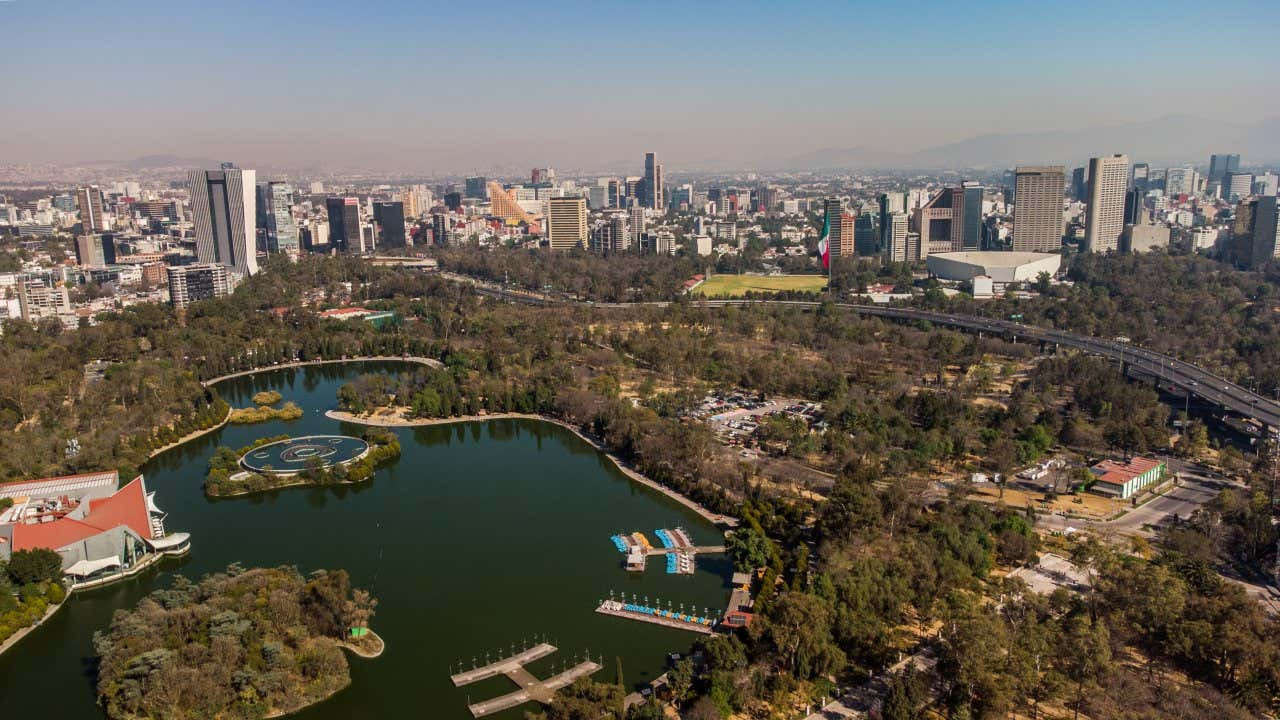 An aerial view of Chapultepec park with Mexico City seen across it.
An aerial view of Chapultepec park with Mexico City seen across it.
Chapultepec Park, a historical and cultural landmark in Mexico City.
8. The Symbolic Mexican Flag: History Woven in Colors and Emblem
The Mexican flag, a powerful national symbol, features three vertical stripes of green, white, and red, each imbued with historical and symbolic meaning. While interpretations have evolved over time, common understandings associate green with hope, white with unity, and red with the blood shed by national heroes in the fight for independence.
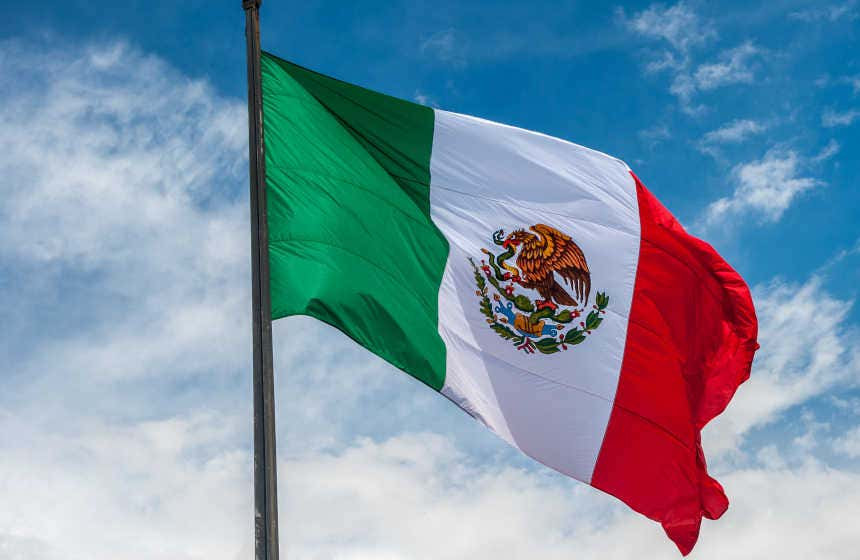 A close-up of the Mexican flag with a blue sky and some clouds behind it.
A close-up of the Mexican flag with a blue sky and some clouds behind it.
The Mexican Flag, a potent symbol of national identity and history.
At the center of the white stripe is the iconic emblem depicting an eagle perched on a cactus devouring a snake. This image is deeply rooted in the legend of the founding of Tenochtitlan, the ancient Aztec capital and present-day Mexico City. According to the myth, the wandering Mexica people were instructed to settle where they found this precise sign – an eagle devouring a snake on a cactus – which they found on a swampy island in Lake Texcoco, leading to the founding of their great city. To delve deeper into the history of this civilization, a guided tour of the Museo del Templo Mayor de Tenochtitlan provides invaluable context and insights.
9. Volcanoes and Mythology: The Legend of Popocatépetl and Iztaccíhuatl
Izta-Popo Zoquiapan National Park in the state of Puebla is a land of stunning volcanic landscapes and rich indigenous mythology. Dominating the park’s scenery are the majestic volcanoes Iztaccíhuatl and Popocatépetl, both towering over 5,000 meters (16,404 feet) in altitude. These volcanoes are not just geological wonders but also hold deep spiritual significance.
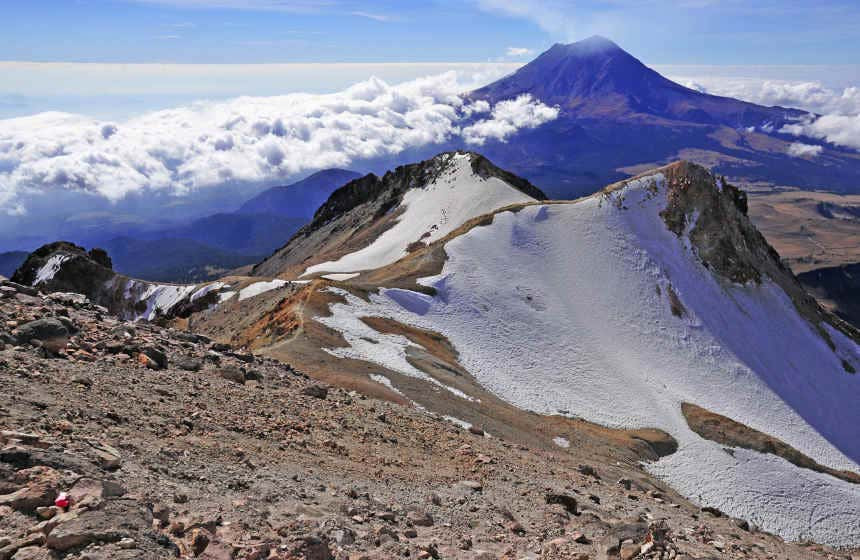 Iztaccíhuatl and Popocatépetl Volcanoes under a cloudy sky.
Iztaccíhuatl and Popocatépetl Volcanoes under a cloudy sky.
Iztaccíhuatl and Popocatépetl Volcanoes, steeped in legend and mythology.
According to the mythology of the Tlaxcala people, these volcanoes represent the princess Iztaccíhuatl (“White Woman”) and the warrior Popocatépetl (“Smoking Mountain”), locked in an eternal embrace. Legend tells of their tragic love story and transformation into these enduring mountains, revered as deities and servants of the rain god Tlaloc. Archaeological sites found in caves on the volcanoes provide evidence of ancient rituals performed in their honor. To witness these awe-inspiring volcanoes firsthand, an excursion to Popocatépetl and Iztaccíhuatl Volcanoes offers breathtaking views and a connection to Mexico’s natural and mythological heritage.
10. Chocolate’s Mexican Origins: A Gift to the World
Many are unaware that chocolate’s origins trace back to Mexico. Ancient Mexican civilizations, including the Olmecs, Aztecs, and Maya, cultivated cacao trees for over 3,000 years. Cacao beans were not just a food source but also held immense cultural and economic value, used in rituals and as currency.
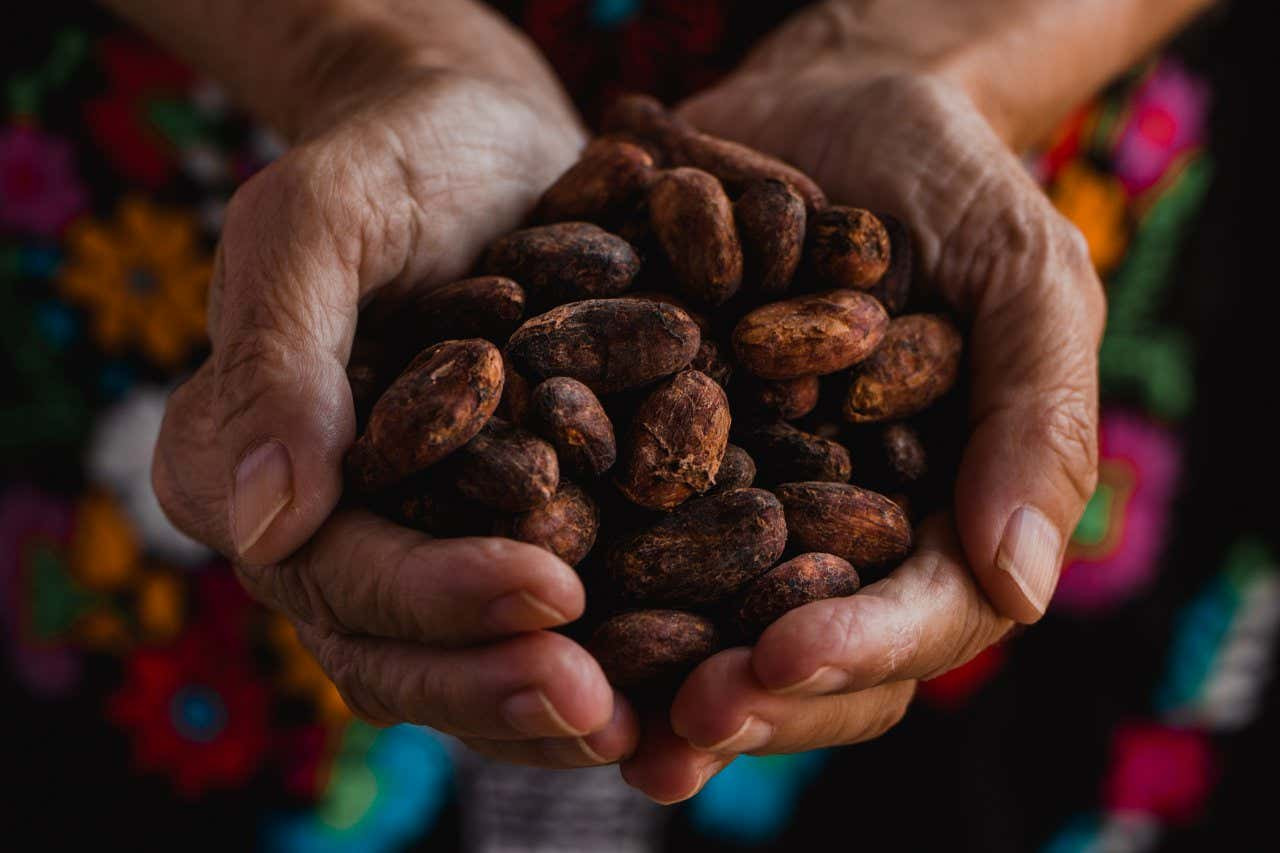 A close-up of someone
A close-up of someone
Cocoa beans, the foundation of chocolate, originated in Mexico.
Following the Spanish conquest of the Aztec Empire, chocolate made its way to Europe, where it was initially a luxury enjoyed by the elite. Over time, chocolate spread in popularity and evolved into the global confection we know today. To delve into Mexico’s rich chocolate tradition, consider attending a chocolate workshop in Mexico City, where you can learn about the history, cultivation, and artistry of Mexican chocolate making.
11. The Great Pyramid of Cholula: Larger Than Giza by Volume
Perhaps one of the most astounding facts about Mexico is that it’s home to the largest pyramid in the world by volume, the Great Pyramid of Cholula. Located in Cholula, Puebla, this ancient Mesoamerican pyramid surpasses even the Great Pyramid of Giza in sheer volume, though it is not as tall.
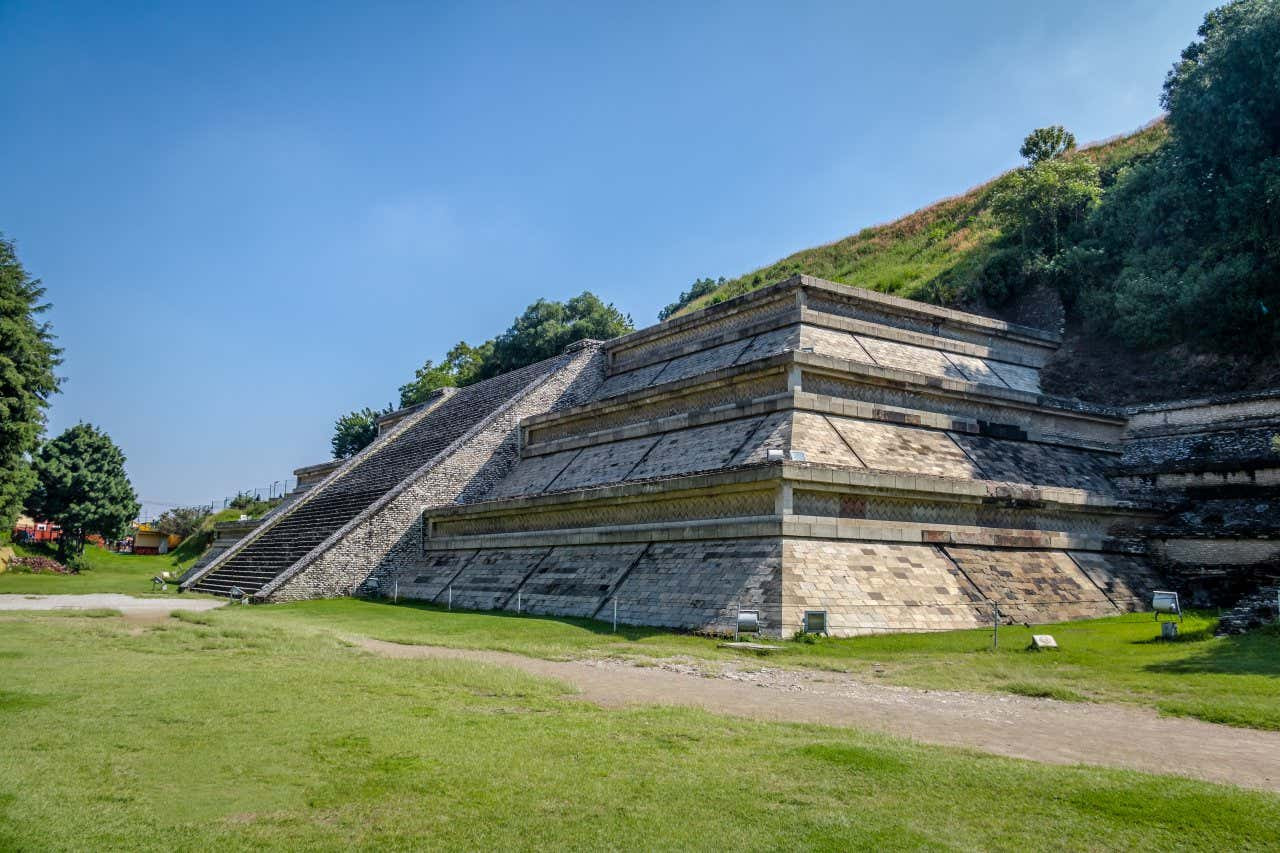 The Great Pyramid at Cholula seen on a sunny day with grass around it.
The Great Pyramid at Cholula seen on a sunny day with grass around it.
The Great Pyramid of Cholula, the world’s largest pyramid by volume.
The Great Pyramid of Cholula’s immense size is partly due to its construction over centuries, with multiple pyramids built on top of each other. Overgrown with vegetation, it appeared as a natural hill to the Spanish conquistadors when they arrived, obscuring its true identity. A day trip from Mexico City to Cholula and Puebla allows you to explore this remarkable archaeological site and uncover the secrets of this ancient wonder.
This list merely scratches the surface of the countless fascinating aspects of Mexico. From natural wonders to cultural treasures and historical depths, Mexico offers an endless journey of discovery. We hope these fun facts have sparked your curiosity and inspired you to explore the magic of Mexico firsthand. If so, be sure to discover the wide array of activities Civitatis offers throughout Mexico to begin planning your unforgettable Mexican adventure!
